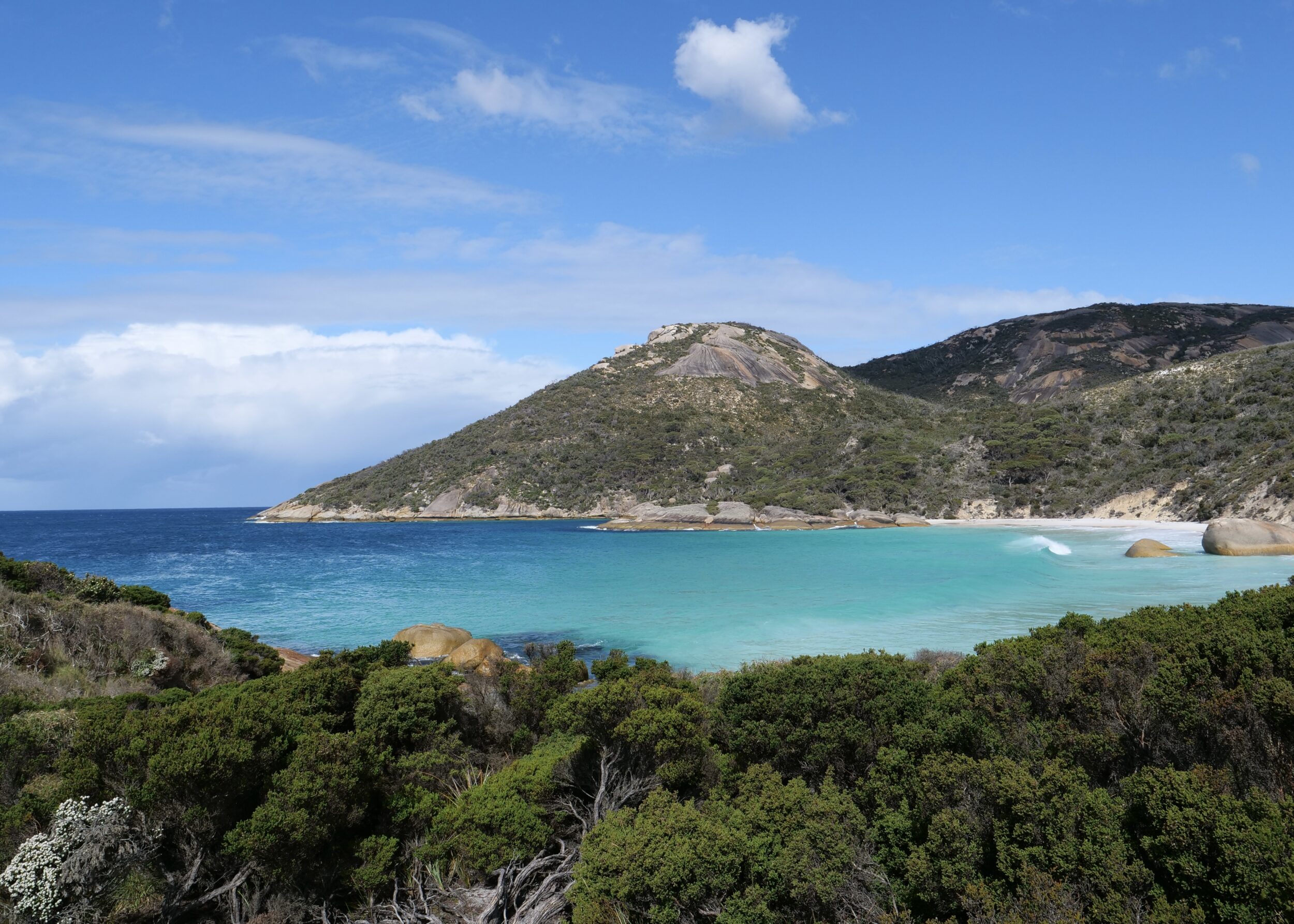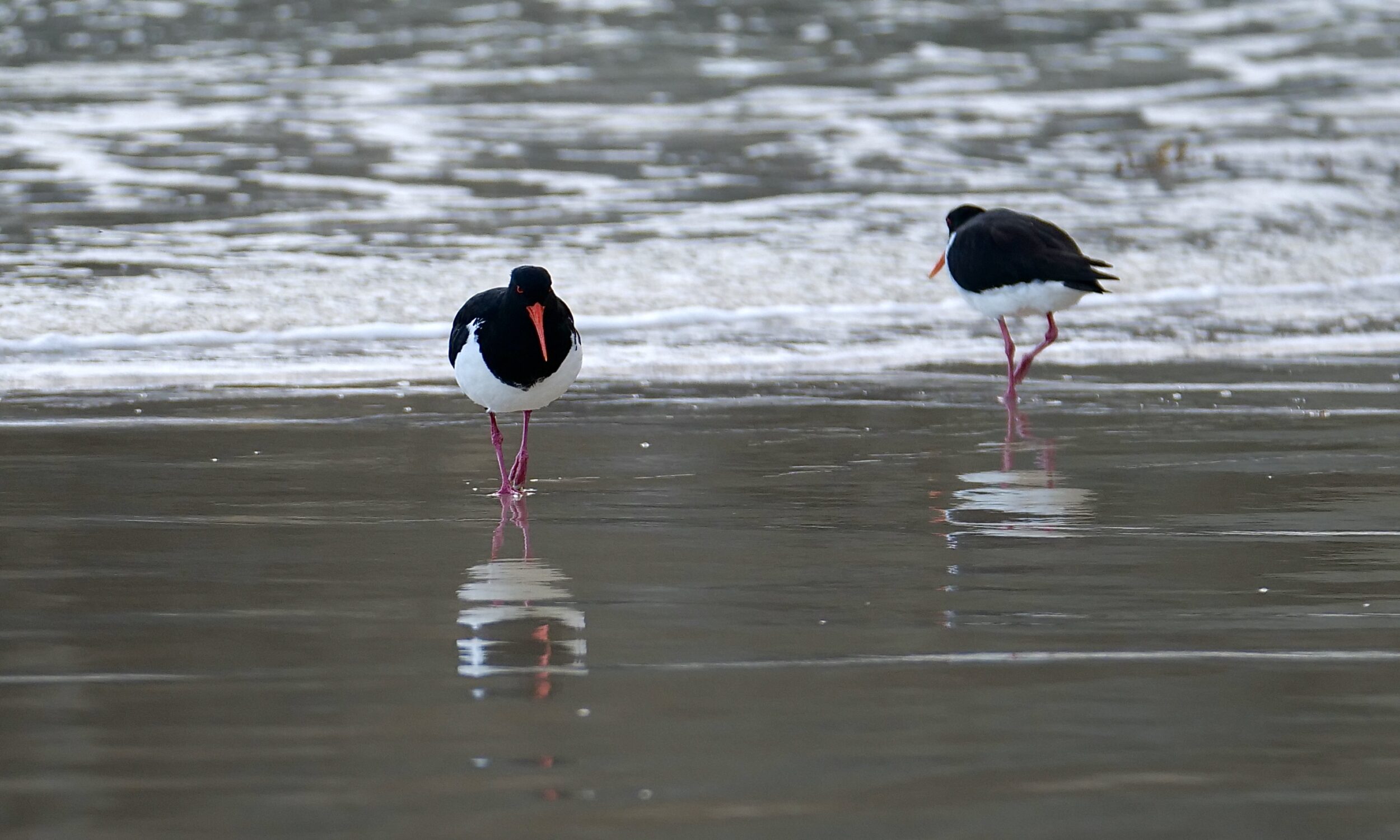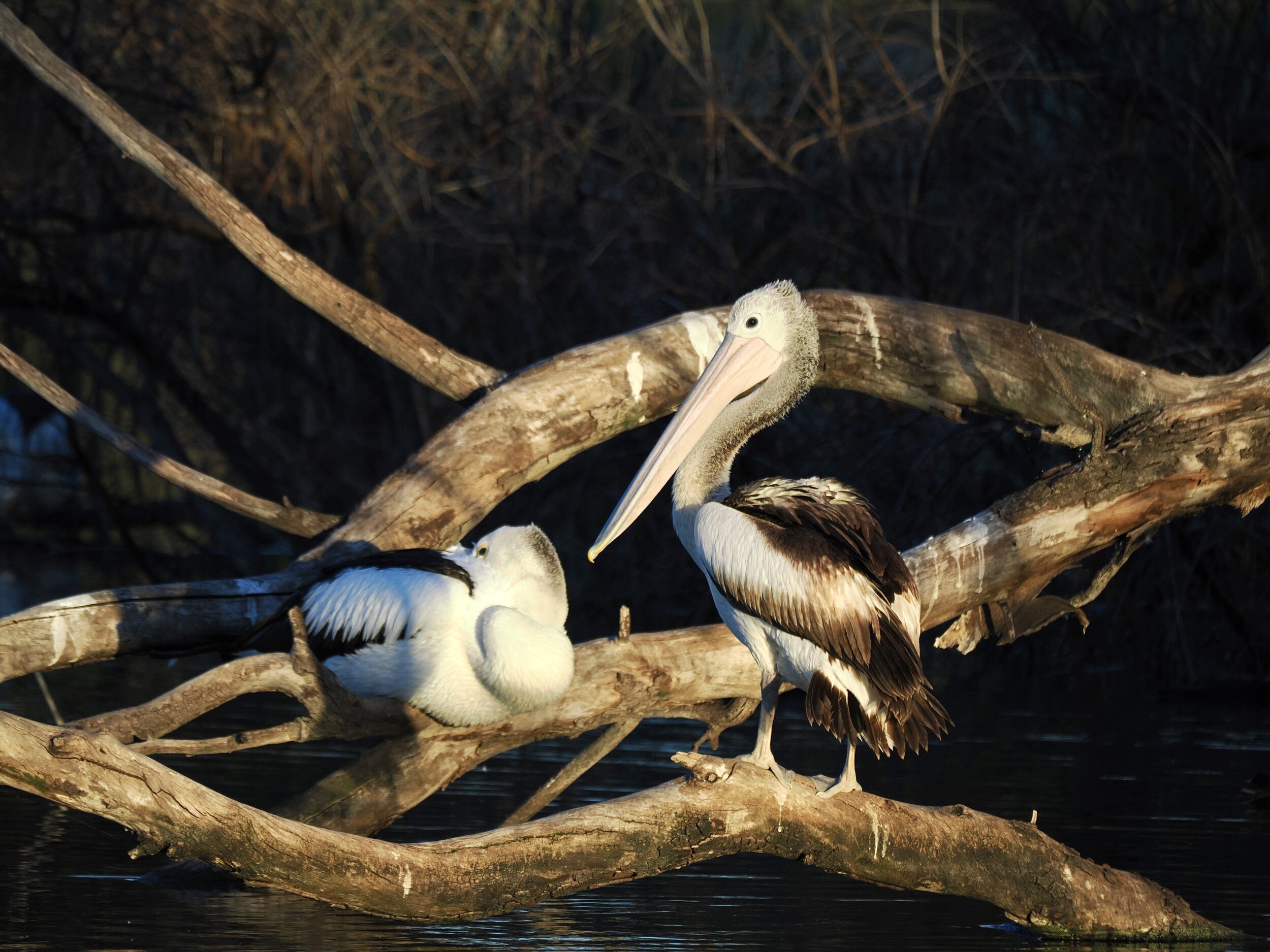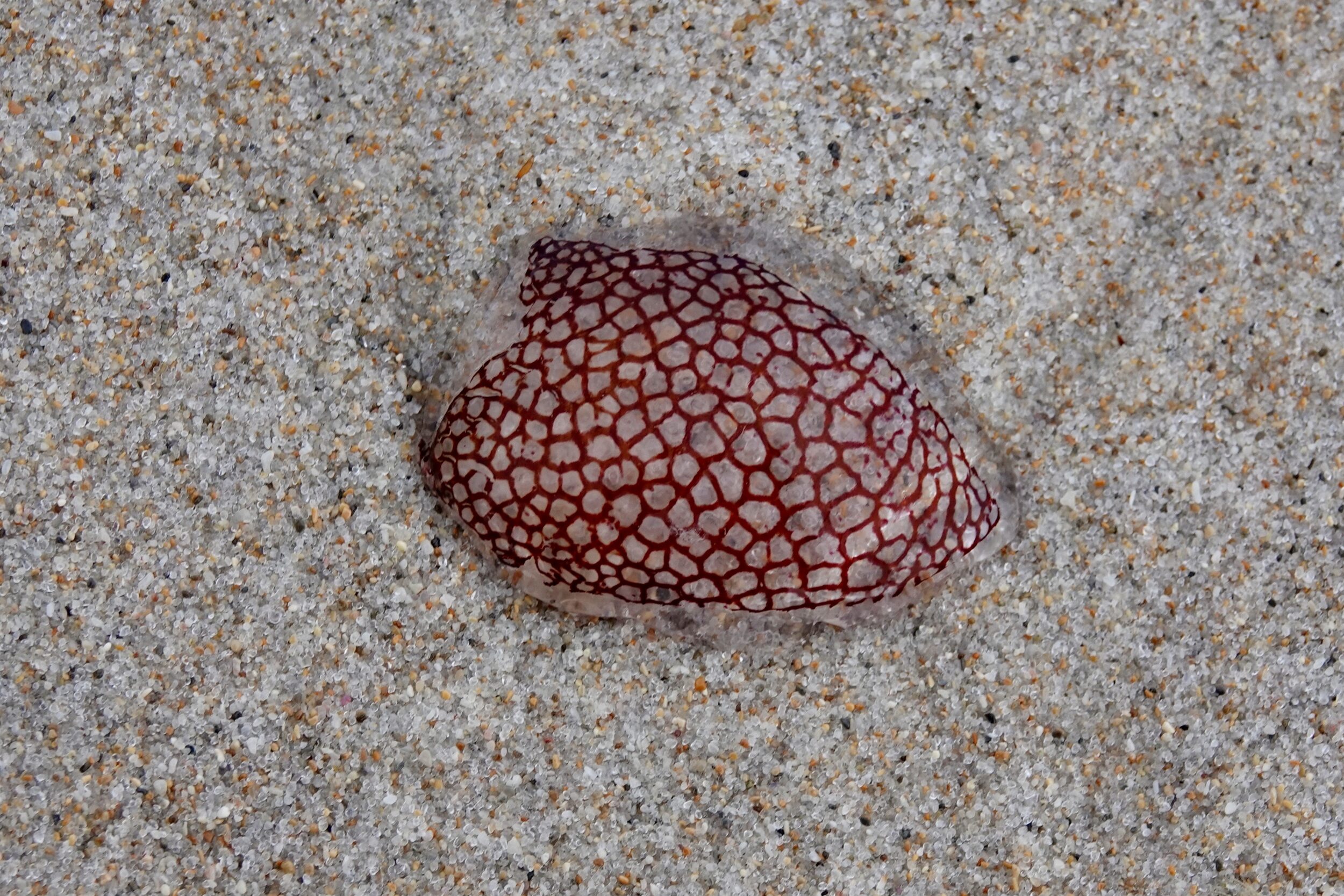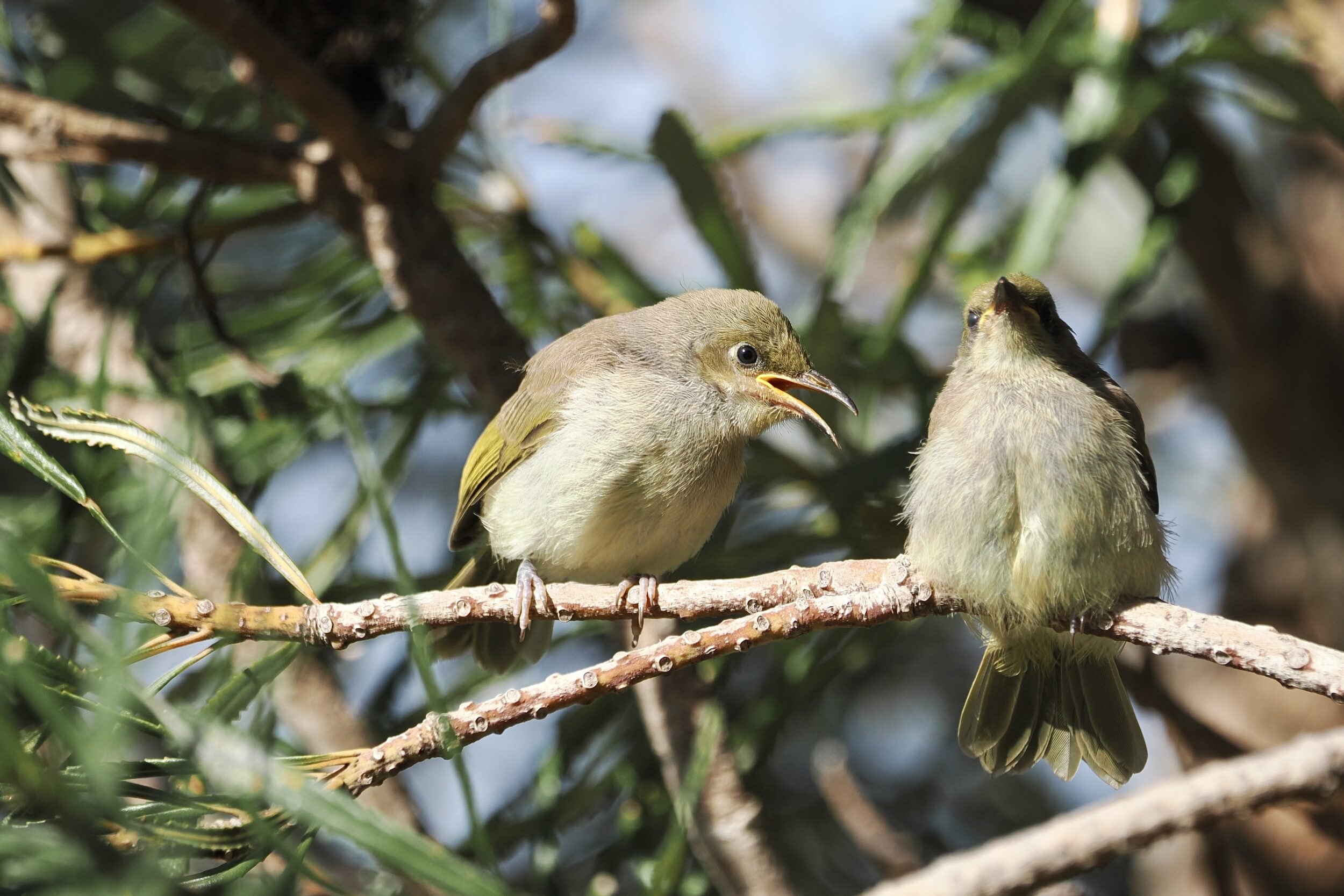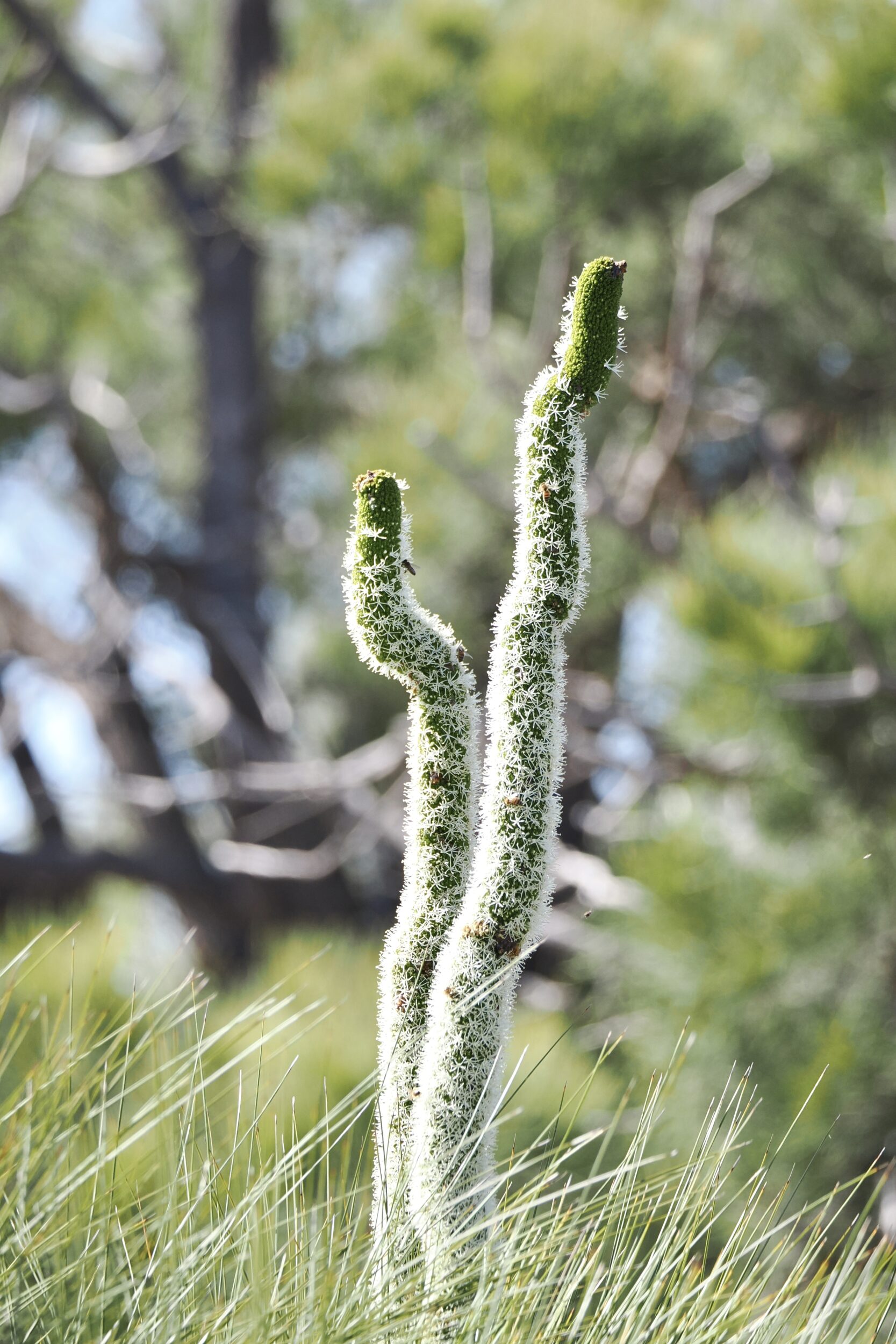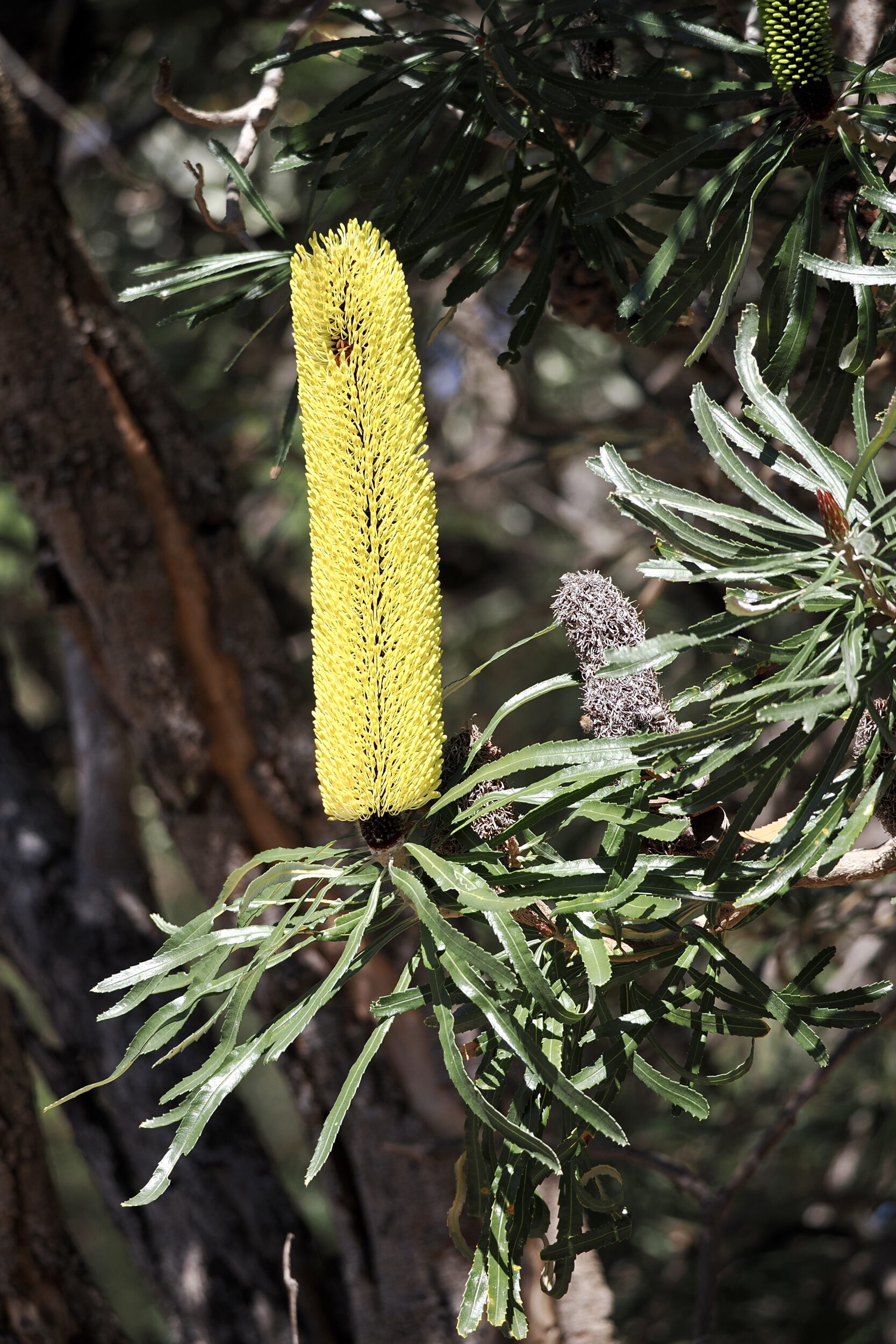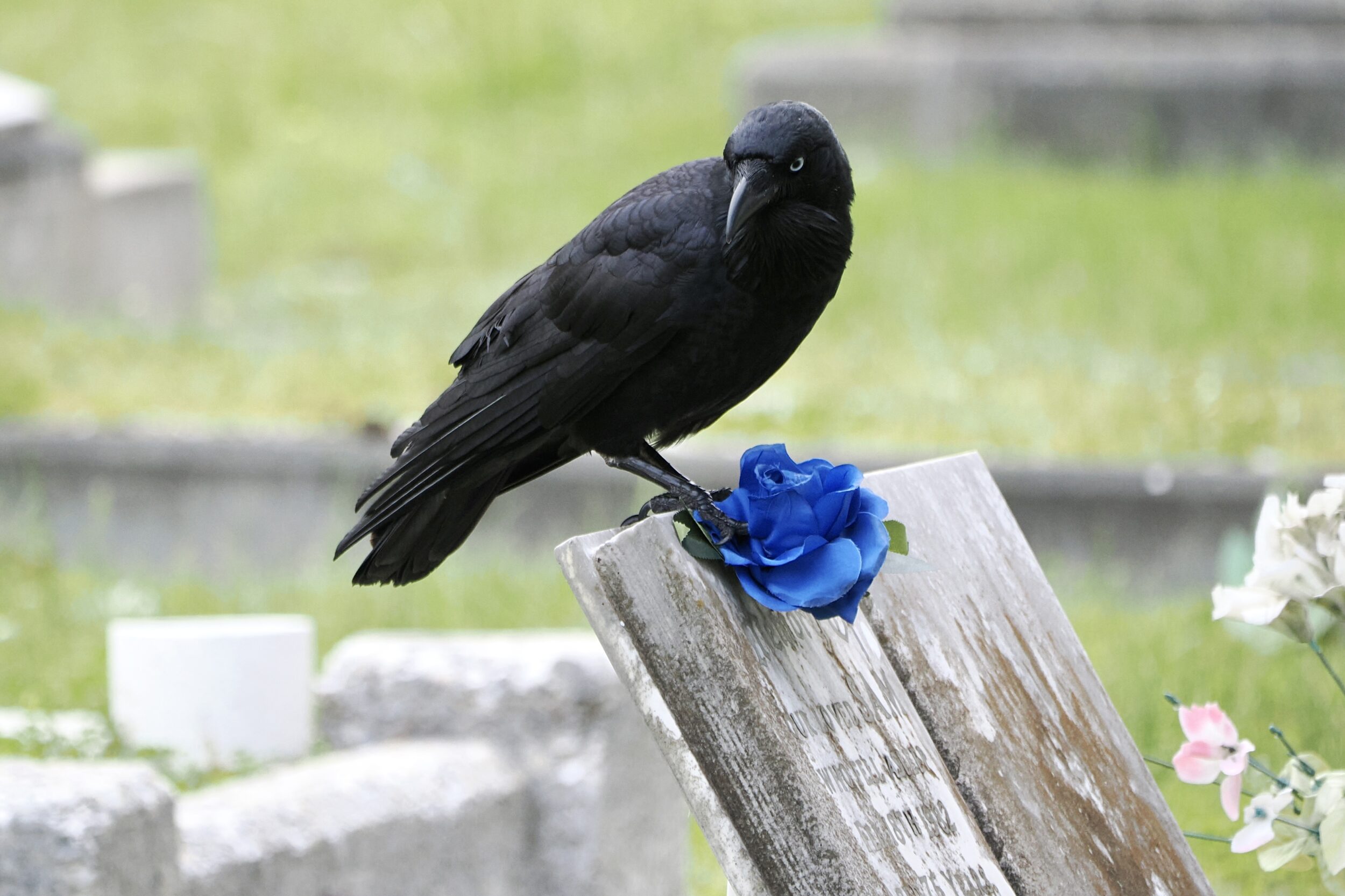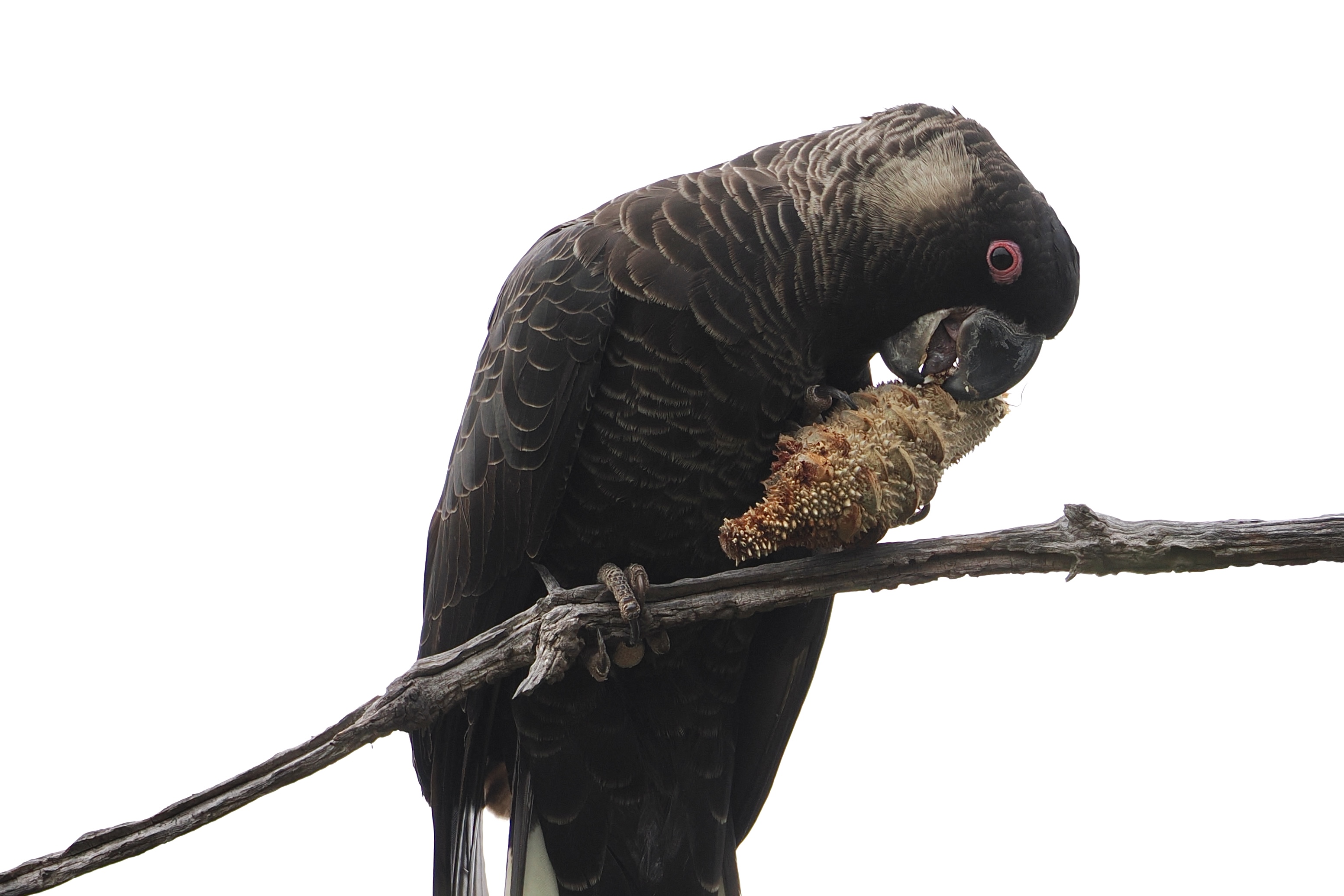This little series celebrates a favourite place, as it was on Sunday, 27 October 2024 – our first fully-waking day after our return to home turf.
(coming soon to Pelican Yoga: a teaser-series devoted to two contrasting parts of Indonesia. One is very sparsely populated. The other is “our” planet’s most-populous large island )
”European” calendars suggest it is still springtime in Perth.
In fact, the world’s greatest substantial-city, entirely-natural springtime flower-show ended some weeks ago.
Here, however, some wonderful plants are in flower at any time of year…plants which naturally occur only in WA’s southwest.
This post’s hero is one of them.

